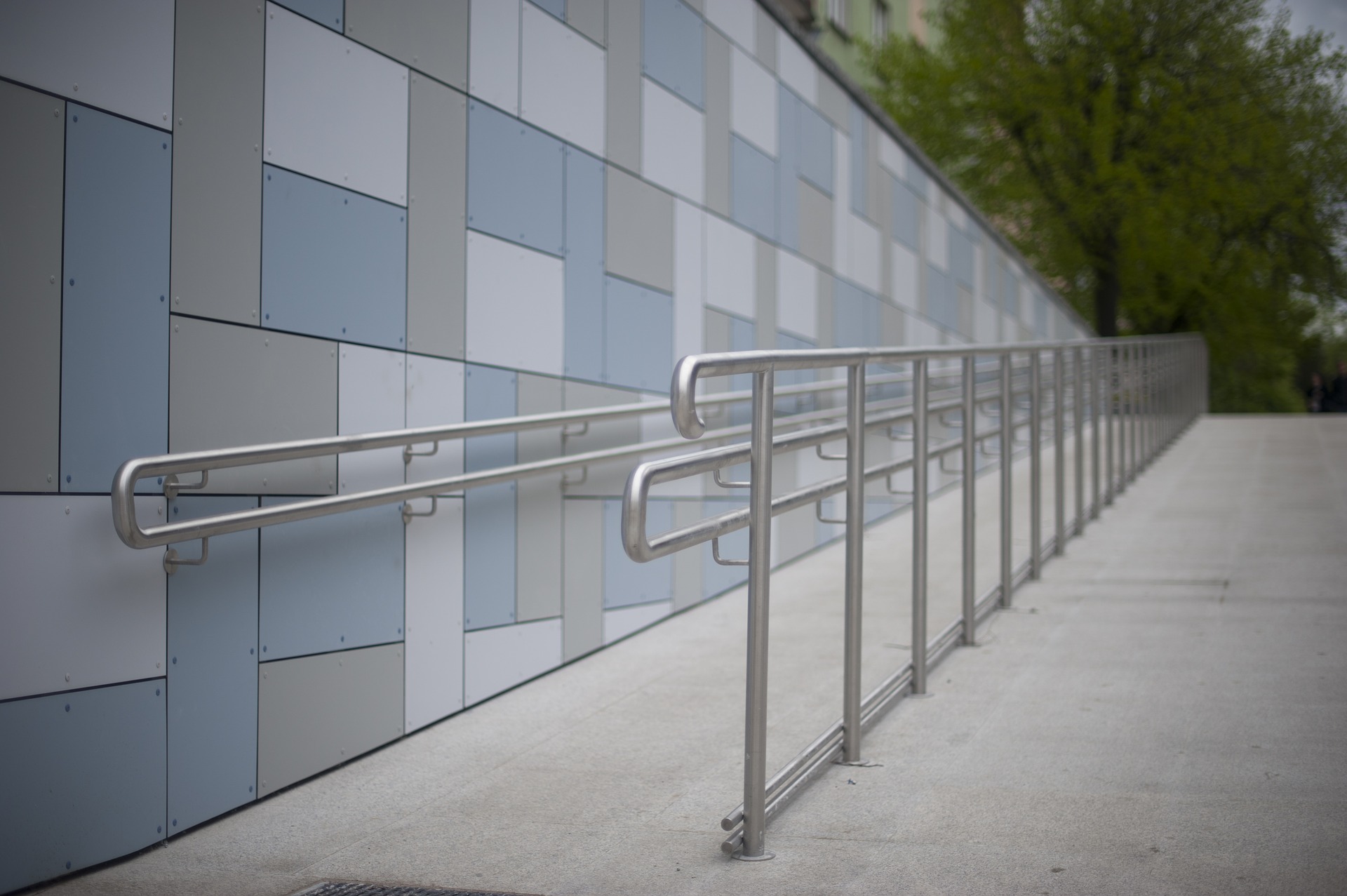
Wheeling ramps are special constructions that allow people in wheelchairs or scooters, or even walking with the help of a walker, to use them efficiently. They work as an all-embracing solution that complements disability mobility and self-sufficiency, allowing people with disabilities to make buildings, houses, and other spaces more comfortable. Apart from performance, wheelchair ramps are critical in achieving a society that is accessible for everybody, hence giving people equal chances to perform various activities.
Benefits of Wheelchair Ramps
Increased Mobility and Independence
Wheelchair ramps can be said to be an enabling tool since they allow disabled persons to move around without support. Potential activities include going to work, shopping, or visiting friends, increasing their independence and self-reliance opportunities.
Improved Accessibility
Ramps reduce access problems since they are sloped but shallow enough to be maneuvered easily. They ensure ramps for older people and individuals with temporary disabilities, for example, to enhance public constructions, lands, and homes for most people’s leisure. They help ensure that people can effectively engage in social, cultural, and economic endeavors despite physical impairment.
Compliance with Legal Requirements
These ramps are prescribed for use mostly in any area under legal codes, such as the Americans with Disabilities Act in America. Adding ramps enables organizations and places that are open to the public to adhere to these legislations, avoid legal challenges, and show excellent examples to the community.
Enhanced Safety
A wheelchair ramp assists in minimizing the risks posed by stairs or any other inclined planes, especially for people with physical disabilities. Staircases, however, offer a safer approach since one has to climb the stairs, which reduces the incidence of falls.
Increased Property Value
Owners and tenants of buildings more accessible to those with physical handicaps are often considered to have more valuable property. Adding a wheelchair ramp to a home can be a disadvantage since it opens up the possibility of marketing a dwelling to a larger population of disabled people and their families.
Final Thoughts
It might be considered that ramps for wheelchairs are just a practical need; however, it is much more than that: they are the means of participation. Through facilitation of movement, provision of safety, and meeting legal requirements, wheelchair ramps are indeed a cornerstone of enabling people of all disability to live, work, and have utility in their homes as everyone else. Since society advances more conversely toward accessibility, it is clear that the application of wheelchair ramps will be necessary in the future, seen not only in public areas but also in individual structures.





More Stories
The Modern Client How Technology and Economics Are Reshaping Legal Representation
How Leadership Training for Managers Boosts Team Performance
Key Factors to Consider When Hiring a Louisiana Property Damage Attorney